Create an Art Show Display Designed for Your Customers
Create an art show display that appeals to your target customers. Get the right shoppers into your booth with these three tips.
The purpose of your art show display is to draw targeted customers into your booth and then encourage them to buy. Every decision you make about your display should take this consideration into account.
Your booth is your most important tool for communicating with customers, and you have a very brief moment to convey your message and compel shoppers to walk into your booth instead of moving on.
To design an effective display, you need to focus on conveying a single, focused message to your customer. Avoid trying to be all things to all people.
3 Steps to Design a Customer-Focused Art Show Display
How to set up an art show booth that attracts your target customer:
- Determine the single most important message your target customer needs to hear.
- Use a "less is more" approach to display design.
- Determine the underlying motivation customers have for buying your products.
1. Determine the single most important message your target customer needs to hear.
Notice this step is customer focused. You are not trying to determine the most important thing you want to say to your customer.
You are trying to determine the most important thing your customer needs to hear.
It's a subtle difference, but it is important.
For example:
Imagine you specialize in handmade soaps and bath products that are formulated specifically to be gentle on sensitive skin.
You may be most proud of your newest formula that you've been perfecting for months. It lathers up beautifully and smells absolutely heavenly.
Your target customer, however, may need to look at your display and, at a glance, know that your soaps would be great for her child who has sensitive skin.
Once the customer enters your booth, you'll have a chance to show her the newest soap you are so proud of. But you need to get her into the booth first, and you'll accomplish that by communicating the most important thing you do to meet her needs.
2. Use a "less is more" approach to display design.
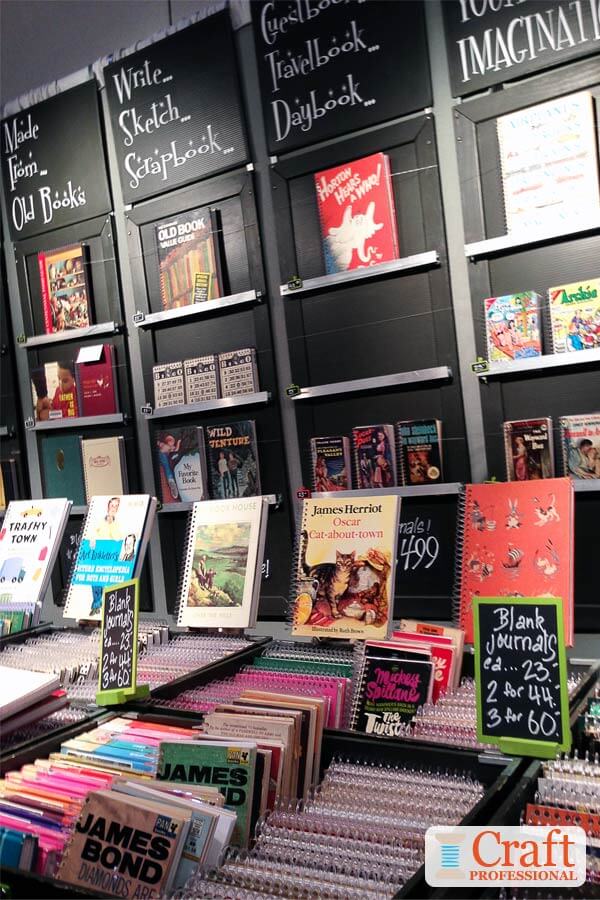
You can probably think of a lot of reasons why your items are wonderful. You may be tempted to try to communicate all of those messages to your potential customers.
The problem with that approach is, when you try to say too much, you end up communicating nothing at all.
When people are walking past your booth and deciding whether to enter or move on, they will respond best to one single, striking message.
If you want to prove this concept to yourself, the next time you're out and about, notice the signs you read and the signs you don't read.
In a room with twenty signs tacked up all over the walls, none of the signs get read. None of them seem important, so none of them get read.
On the other hand, if you're in a room with a single, clear sign with a brief message, you will read that sign. The single, clear message grabs your attention.
Decide upon the most important thing you need to communicate, and say that one thing clearly.
3. Determine the underlying motivation customers have for buying your products.
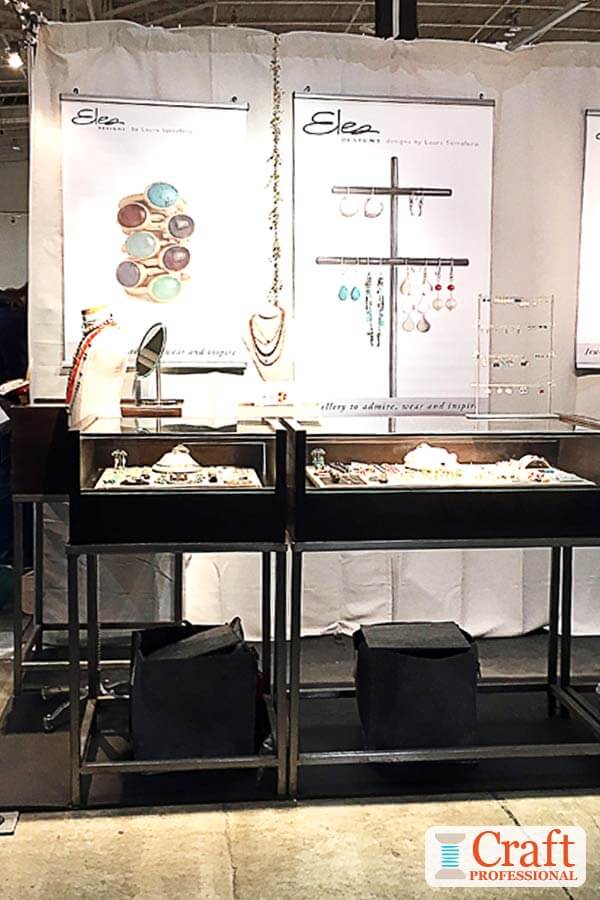 Huge, beautiful posters show off this jewelry artist's style from a distance.
Huge, beautiful posters show off this jewelry artist's style from a distance.Will your items:
- Improve their quality of life?
- Bring them pleasure?
- Beautify their home?
- Provide stress relief?
- Reflect their status?
- Provide emotional satisfaction?
Whatever underlying motivation customers have to purchase your items, communicate that single message clearly.
How to Convey Your Message
Once you've decided what single, compelling message you want to convey to customers, you need to determine how to communicate that message.
You can use many strategies to tell customers what your work is all about before they enter your booth.
Try written signs.
If you do, use text, keep the language brief and to the point.
Don't try to say everything. Just communicate the most important concept.
A large photo of your products can convey your message.
This strategy is particularly helpful if the items you make are small and difficult to see from a distance. Poster-sized booth signs can be a very effective way to convey the look and feel of your brand and products from a distance.
Highlight your most eye-catching item.
If you make larger items, you may put one of your most impressive, impactful pieces, or a related grouping of a few of your most striking pieces, in a central, easy to see location.
Retail store owners have been using this visual merchandising strategy for years with excellent results. Most retail merchandising techniques can be used in a portable 10 x 10 craft booth space.
Tell a story with color.
Clever use of color can be a powerful and inexpensive way to convey a specific message to your customer.
Printable Signs for Your Craft Booth
Show your customers some love, or encourage them to splurge a little with these printable signs for your craft booth.
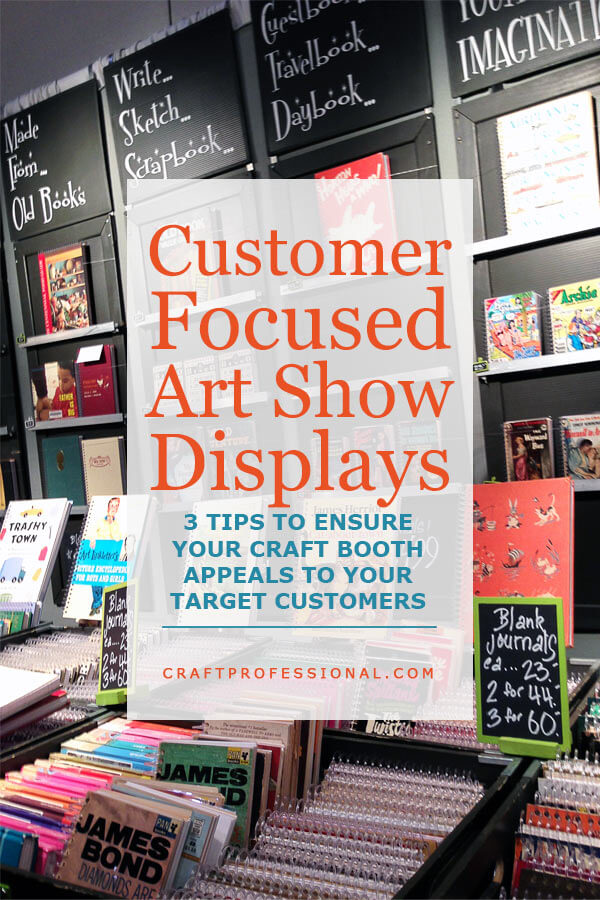
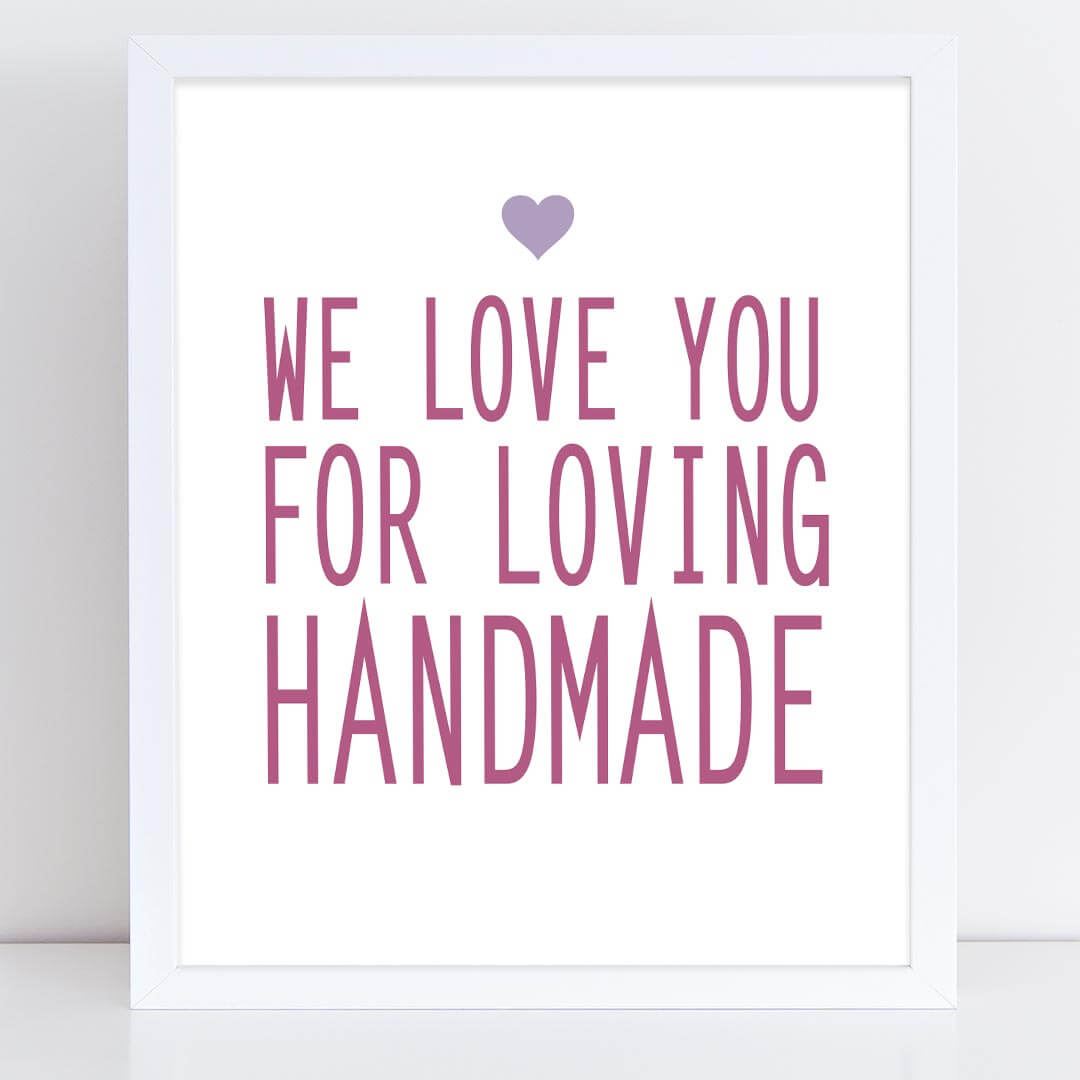
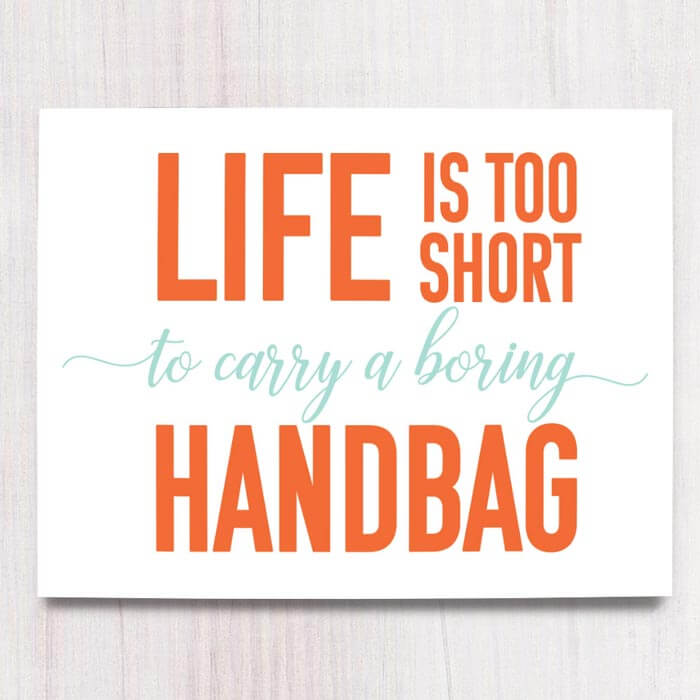
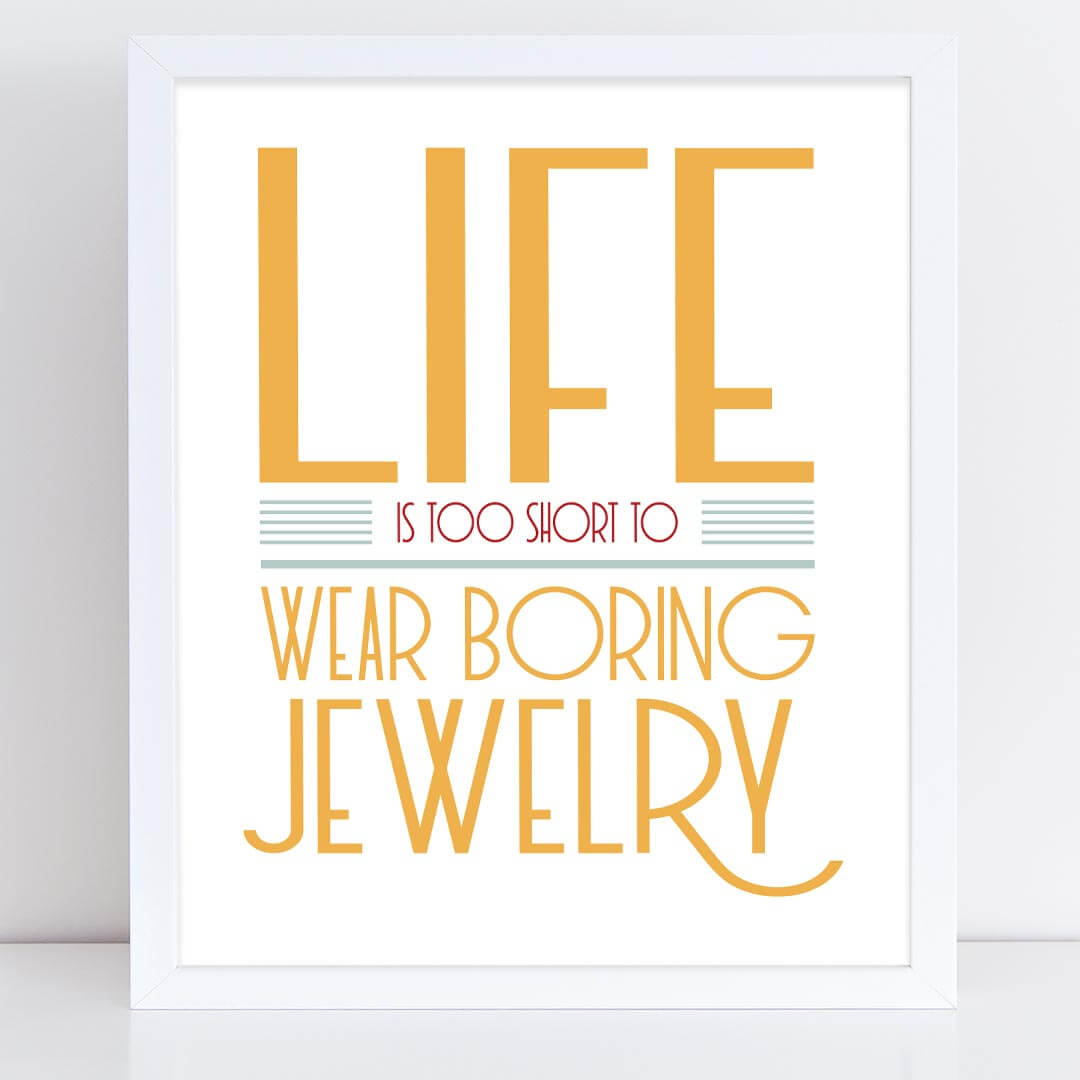


New! Comments
Have your say about what you just read! Leave me a comment in the box below.